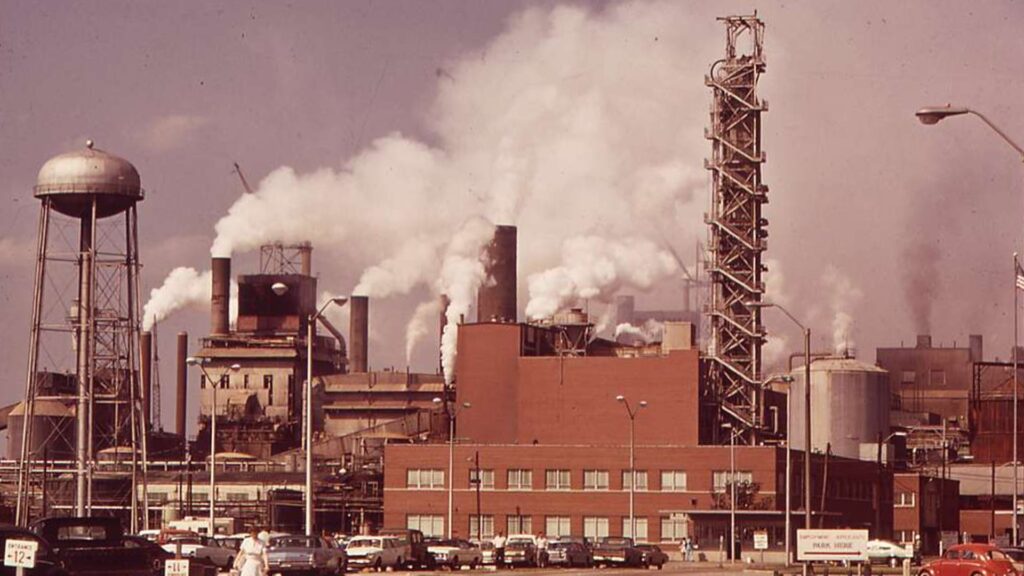Evaluated Plaintiff’s Expert Report, which estimated cost of groundwater remediation exceeds $1.5 billion. Identified errors in Plaintiff’s Expert Report and recalculated the extent and mass of contaminant sources; demonstrated that Plaintiff’s claim lacked credibility.
Detailed:
Engaged by the defendant’s attorneys, this forensic hydrogeology analysis critically evaluated the Plaintiff’s claim that groundwater remediation costs at a former industrial site would exceed $1.7 billion. The review focused on the Plaintiff’s Expert Report, which significantly overestimated the extent and mass of chlorinated solvents / DNAPL contamination in the site’s shallow aquifer.
Several fundamental flaws were identified in the Plaintiff’s methodology:
- Overstated DNAPL Mass Estimates – The claim relied on an estimate of 100+ million pounds of residual DNAPL, assuming contamination beneath the entire 500-acre manufacturing area. This estimate disregarded site assessment and characterization data, including conceptual site models from prior investigations, which had estimated a much lower DNAPL mass.
- Flawed Calculation Approach – Bulk saturation values were applied uniformly across large areas of the site without considering the heterogeneous nature of groundwater contamination and DNAPL distribution. The estimate also included locations where no direct or indirect evidence of DNAPL existed.
- Unrealistic Remediation Assumptions – The $1.5+ billion cost projection was predicated on the assumption that all DNAPL was treatable and required remediation, without accounting for technical impracticability or alternative remedial strategies.
- Mathematical and Conceptual Errors – Algebraic mistakes in the Plaintiff’s mass calculation table further undermined the credibility of the cost estimate, compounding the issues created by flawed assumptions.
This expert witness and legal support analysis demonstrated that the Plaintiff’s claim lacked scientific and technical credibility. The findings provided the defense with a data-driven rebuttal that significantly weakened the opposing argument, reinforcing a more scientifically defensible understanding of site conditions.
This case illustrates how forensic hydrogeology can be instrumental in challenging exaggerated environmental damage claims in complex litigation.
Contaminants in soil and groundwater included dense non-aqueous phase liquids (DNAPL) and benzene, chlorobenzene, aniline, tetrachloroethylene (PCE), trichloroethylene (TCE), lead-containing chemicals, chloroform, carbon tetrachloride, and numerous other chlorinated solvents.

